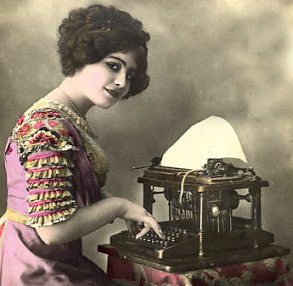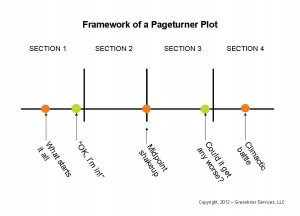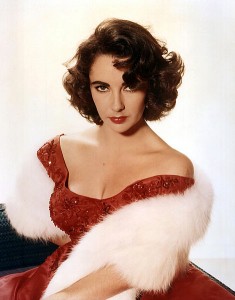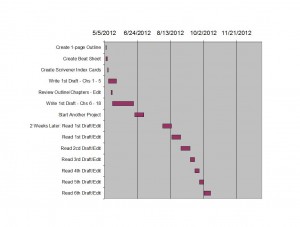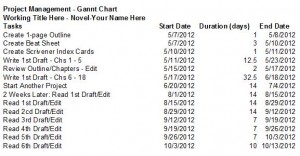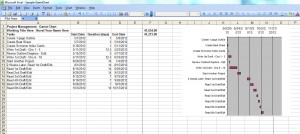When I first began writing, I aimed to complete between five and 10 manuscript pages a day (1,250 to 2,500 words) on a given project.
Today, I think in terms of completing Scenes. The average Scene is 1,000 words or four manuscript pages – and can be much longer or much shorter. I aim to complete one or two Scenes a day, depending on the length.
I find thinking in terms of completing Scenes seems to make the task of writing more attractive – always a plus. (Procrastination is, to my mind, one of the biggest bugaboos we writers face.)
Since the average novel contains about 60 Scenes, you can finish the First Draft of your Novel in two months or less writing this way.
Note: Aiming to complete Scenes versus aiming to complete word counts or pages works best when you’ve completed Steps One through Three. See earlier posts. (It is particularly handy to have a completed Beat Sheet.)
Tip: Before stopping work for the day, also write the opening sentences of the next Scene you need to complete. Don’t ask me why, but this also makes returning to the work more enticing. Perhaps it sets the subconscious to work for us, so that we’re eager to complete what we started when we “pick up the stitches” once more.
Happy Writing!
Image: Erin Kohlenberg via Flickr


